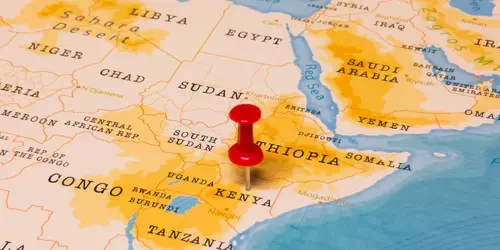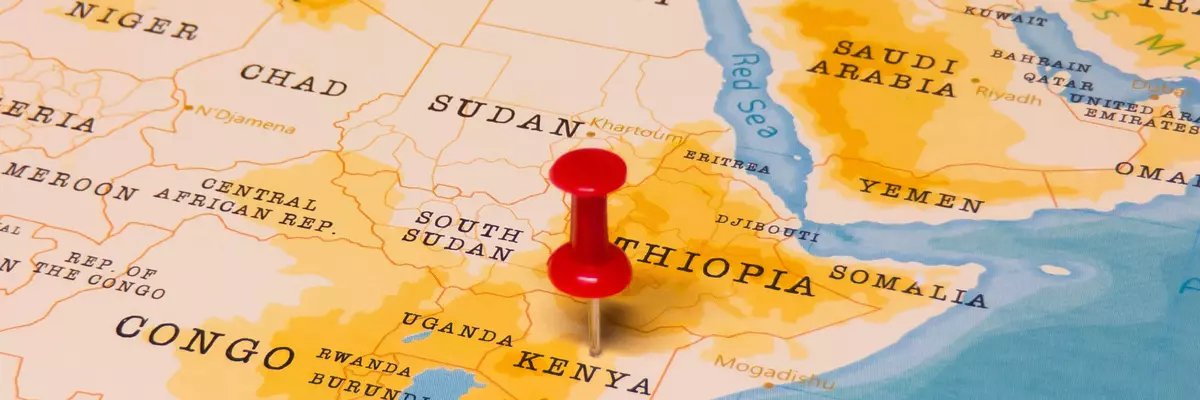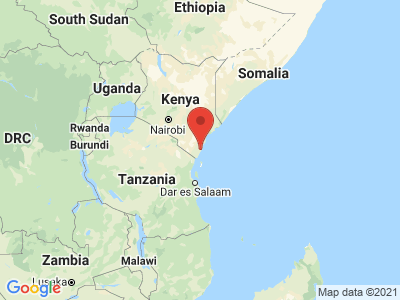The climate year of Kenya
The African continent is considered "the cradle of mankind", the place where the evolutionary development of modern man from his ape-like ancestors took place. The oldest remains have been found in South Africa, Tanzania and Kenya. For example, in Kenya's Turkana Basin, bifaces were found that, at about 1.76 million years old, are the oldest hominid stone tools in the world to date. In Kanapoi, also in Kenya, remains of the oldest Australopithecus species to date, a pre-human species, were also found. These remains are 3.5 million years old. At that time, East Africa offered ideal survival conditions for the early human species in terms of climate and geography. Even today, vast savannahs and warm, humid tropical rainforests characterize the climate of the country, which covers about 580,000 square kilometers. On the coast, a warm and humid climate prevails, which is determined by the location near the equator as well as the Indian Ocean. In the interior of the country, Kenya is crossed by mountainous highlands, which bring a humid but cooler climate. In the north and east, on the other hand, it is dry and very hot.
General information about Kenya
Kenya attracts tourists mainly because of the unique opportunity to experience in one of the national parks the "Big Five" named large mammals - elephant, rhino, buffalo, lion and leopard - as well as other typical representatives of African wildlife up close and in the wild. Safaris can be experienced, for example, in the Masai Mara, an offshoot of the famous Serengeti. The Tsavo National Park, the largest in Kenya, is also home to a great variety of species. The Nairobi National Park, which is located in the middle of the Kenyan capital, is also interesting. Other highlights are the impressive Rift Valley, the 5199 meter high Mount Kenya massif, which is only about 140 kilometers away from Nairobi and Lake Nakuru. Here visitors experience a natural spectacle of a special kind, when up to two million flamingos gather around the lake.
Tourism Kenya
The East African country is considered a year-round destination, with the peak tourist season running from December to March. At this time, the weather is warm and dry, inviting all-day swimming, especially on the numerous beaches in southern Kenya, near Mombasa. Climatic conditions are similarly pleasant in the months of June to September, but things are calmer in the rainy season. There are - the exact times are locally different - two different rainy seasons. The big rainy season falls in the period (end) of March to (beginning) of May, while the small rainy season falls in November. However, it rains preferably in the late afternoon and at night, and the tropical showers are always short-lived. The climate in the western highlands and in Nairobi is much cooler and drier than on the coast, especially at night it can cool down considerably.




